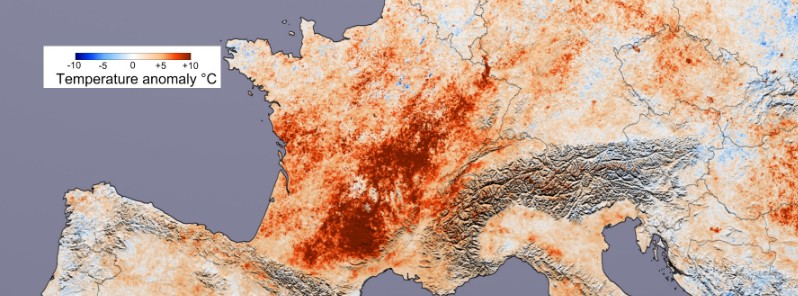Lessons learned from the 2003 France heatwave

In the summer of 2003, France was coping with worst heatwave since 1950s, when measurements began. The relentless heat killed more than 15 000 people, mostly elderly residents of Paris.
Since the 2003 disaster, France has fully integrated disaster risk reduction measures into its health programs, linking its weather and health services so that people at risk, and institutions such as emergency services or hospitals are alerted and react at the same time. Raising public awareness of risk, ensuring that all players involved work together, and the issue of health are all keys elements of the Sendai Framework.

The 2017 Global Platform for Disaster Risk Reduction takes place from May 22 to 26 in Cancun, Mexico. In the run-up to this important international event, UNISDR (The United Nations Office for Disaster Risk Reduction) has produced five short films to show how countries are implementing the Sendai Framework for Disaster Risk Reduction in order to make themselves safer and more resilient.
Why and how it happened
France does not commonly have very hot summers, particularly in the northern areas, but eight consecutive days with temperatures of more than 40 °C (104 °F) were recorded in Auxerre, Yonne in early August 2003. Because of the usually relatively mild summers, most people did not know how to react to very high temperatures (for instance, with respect to rehydration), and most single-family homes and residential facilities built in the last 50 years were not equipped with air conditioning. Furthermore, while contingency plans were made for a variety of natural and man-made catastrophes, high temperatures had rarely been considered a major hazard.
The catastrophe occurred in August, a month in which many people, including government ministers and physicians, are on holiday. Many bodies were not claimed for many weeks because relatives were on holiday. A refrigerated warehouse outside Paris was used by undertakers as they did not have enough space in their own facilities. On September 3, 2003, 57 bodies were still left unclaimed in the Paris area, and were buried, according to Wikipedia.
The high number of deaths can be explained by the conjunction of seemingly unrelated events. Most nights in France are cool, even in summer. As a consequence, houses (usually of stone, concrete, or brick construction) do not warm too much during the daytime and radiate minimal heat at night, and air conditioning is usually unnecessary. During the heat wave, temperatures remained at record highs even at night, preventing the usual cooling cycle. Elderly persons living by themselves had never faced such extreme heat before and did not know how to react or were too mentally or physically impaired by the heat to make the necessary adaptations themselves. Elderly persons with family support or those residing in nursing homes were more likely to have others who could make the adjustments for them. This led to statistically improbable survival rates with the weakest group having fewer deaths than more physically fit persons; most of the heat victims came from the group of elderly persons not requiring constant medical care, and/or those living alone, without frequent contact with immediate family.
Featured image: Difference in average temperature (2000, 2001, 2002 and 2004) from 2003, covering the date range of July 20 – August 20. Credit: NASA/Earth Observatory

Commenting rules and guidelines
We value the thoughts and opinions of our readers and welcome healthy discussions on our website. In order to maintain a respectful and positive community, we ask that all commenters follow these rules.